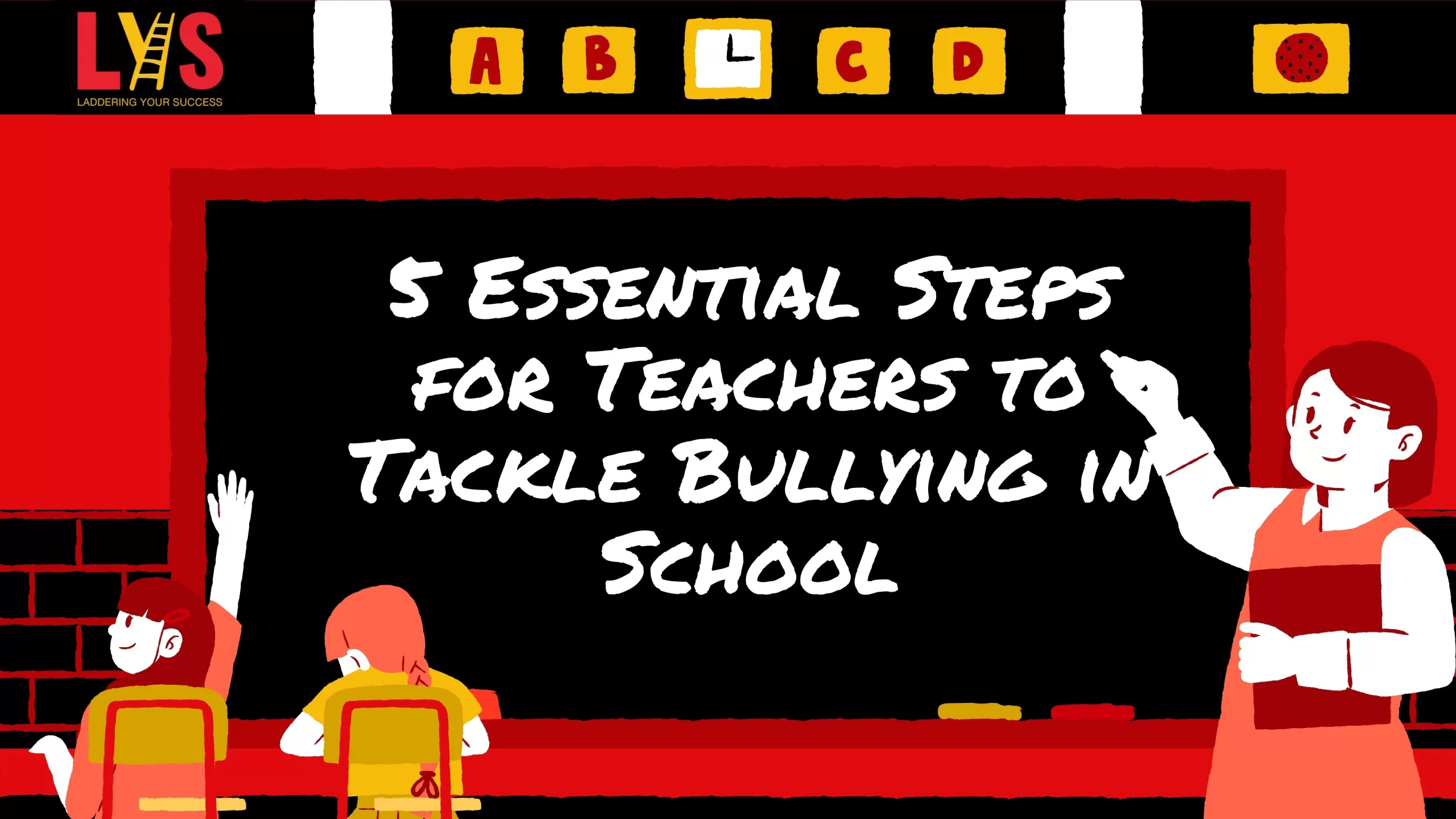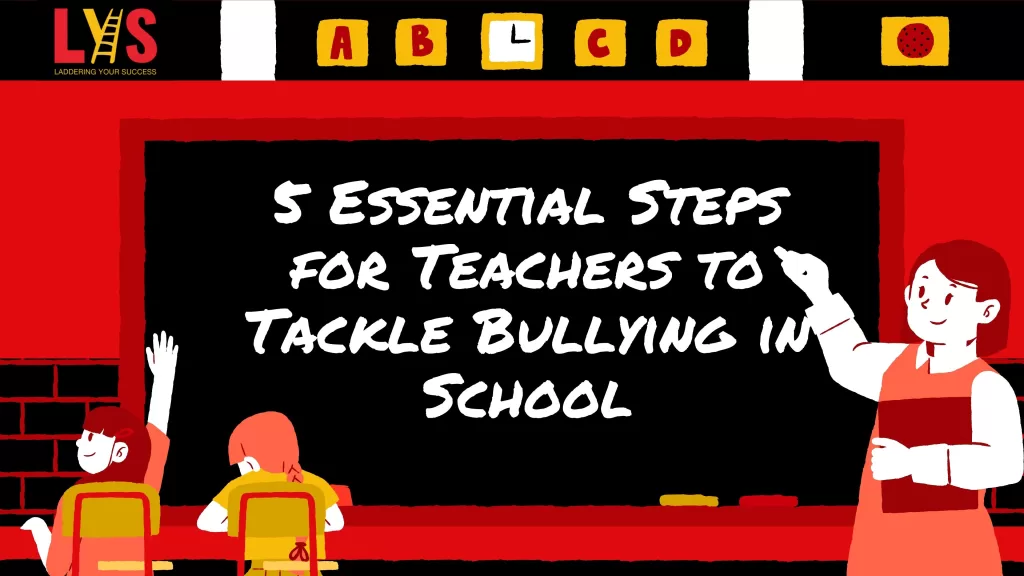Addressing bullying in schools requires a strategic and proactive approach from teachers. In this concise guide, we’ll outline five critical steps for educators to deal with and prevent this issue in the classroom effectively.
Promote Open Communication
Establish a space where students can freely express their worries. Encourage open dialogue in the classroom by holding frequent meetings, providing anonymous suggestion boxes, and paying close attention. Encouraging students to confide in you about their experiences stems from building trust.
Educate Students on Bullying
Integrate anti-bullying lessons into your curriculum to raise awareness. Teach students about the different forms of bullying, its impact, and the importance of empathy. Empower them to become allies and cultivate a culture of kindness and respect. You can find more information here!
Establish a Clear Anti-Bullying Policy
Work with the school’s administration to create and distribute a strong anti-bullying policy. Ascertain that everyone is aware of the repercussions of this behavior and the resources for assistance accessible to those impacted.
Foster Inclusivity
Establish a culture of inclusivity and teamwork in the classroom. Assign group projects, promote diversity, and acknowledge individual uniqueness. You can lessen the possibility of incidents by cultivating a positive environment.
Provide Support for Victims
Create a safe space for victims to express their emotions to show them support. Make connections with school counselors, involve parents in resolving conflicts, and guarantee continuous assistance. If victims act quickly, they can cope and feel more secure.
By implementing these five steps, teachers can play a pivotal role in preventing and addressing bullying in school. Educators create a safe and positive learning environment for all students through open communication, education, policy enforcement, fostering inclusivity, and providing support.









